Residential School Systems
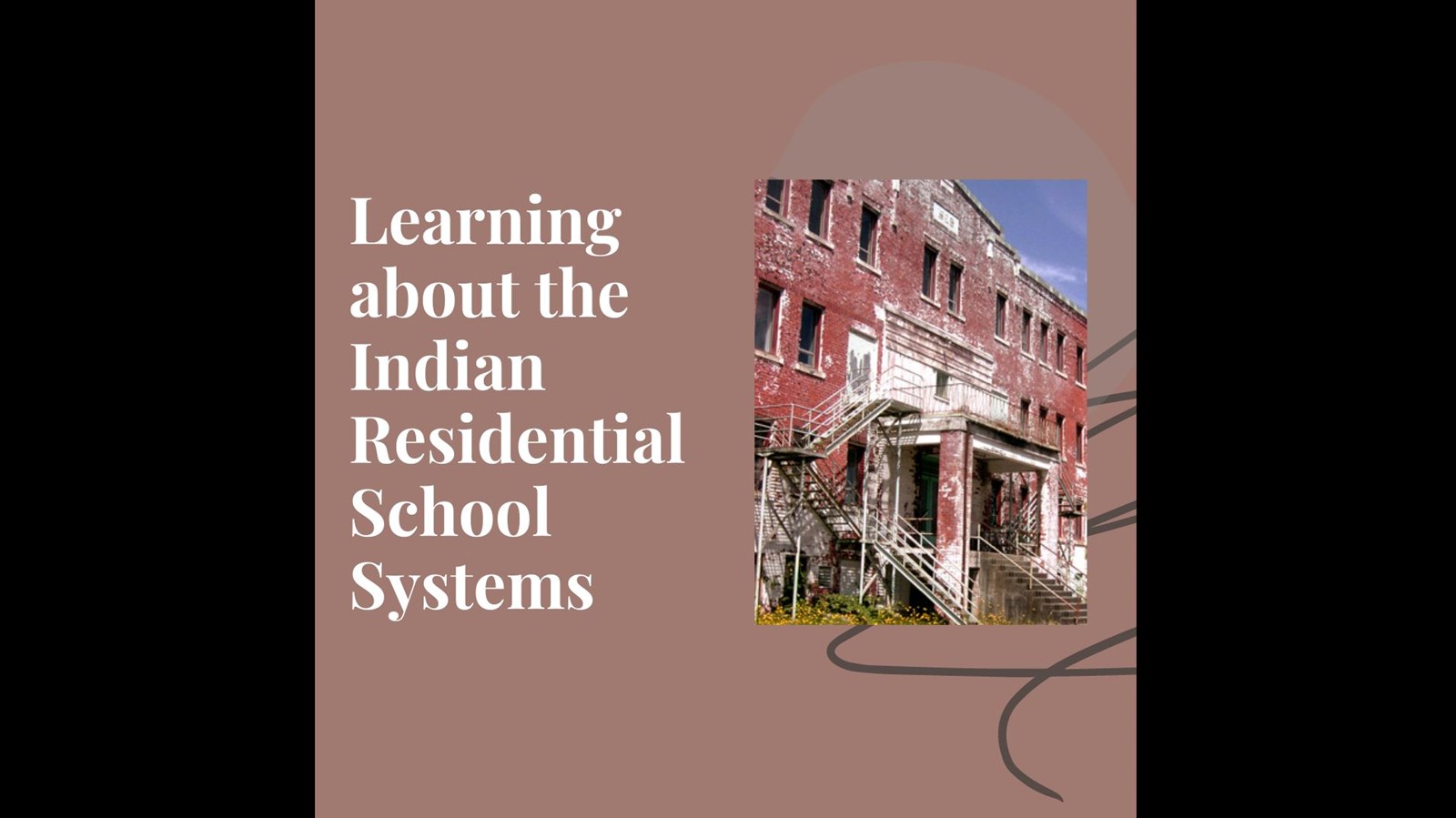
"For many Elders, Hu̓y̓at was the place where we could be Heiltsuk... The knowledge and teachings of Elders were critical... Many things have stood in the way of us carrying on these teachings"
"Beginning in the late 1800’s, our young children were taken away from their families and community and forced to live a life completely foreign to them: a life of physical and emotional abuse and where Heiltsuk teachings and ways of life were forbidden."
The history of residential schools in Canada can be traced as far back as the 17th century. Watch the “Residential Schools in Canada Timeline” video to learn about the significant dates in its history — from the landing of Jesuits in what is now known as Quebec, to the release of the Truth and Reconciliation Commission of Canada’s final report in 2015.
"The story of Chanie "Charlie" Wenjack, whose death sparked the first inquest into the treatment of Indigenous children in Canadian residential school"
With a pandemic threatening to take our elders, Sarain Fox gathers stories from her auntie and matriarch, Mary Bell, who holds the family’s history: the legacy, the trauma, the truth.
The residential school system is older than Confederation itself, having lasted from 1831 to 1996, and represents a dark aspect of Canadian history. These government-sponsored, church-run schools aimed to assimilate Indigenous children by taking them away from their families and forcibly eradicating their cultural identity. Residential schools have left a horrible legacy that survivors, communities and families are still struggling to overcome and heal from to this day.
Goodminds.com List of books about Residential Schools. Many available through your school library or the district library.
Each chapter teaches children about residential schools, Treaties, and the historic and current relationships between Indigenous and non-Indigenous peoples.
"Shortly after WWII, when knowledge about nutrition was still sparse, scientists in Canada took advantage of already malnourished aboriginal communities by using them as research subjects to investigate the effects of different diets and dietary supplements. Read more . . .
In his academic article 'Administering Colonial Science,' published in 2013, Mosby revealed how nutritional studies and experiments were performed in Indigenous communities and residential schools in the 1940s and '50s. The tests were apparently done, explained Mosby, without the informed consent or knowledge of the Indigenous people involved.
Legacy of Hope Foundation
The LHF supports the ongoing healing process of Residential School Survivors, and their families and seeks their input on projects that honour them.
Aboriginal Healing Foundation
Ours is a holistic approach. Our goal is to help create, reinforce and sustain conditions conducive to healing, reconciliation, and self-determination. We are committed to addressing the legacy of abuse in all its forms and manifestations, direct, indirect and intergenerational, by building on the strengths and resilience of Aboriginal peoples.
Truth and Reconciliation Commissioner Murray Sinclair says Canadians can work toward reconciliation by reading the report and finding a call to action that interests them. READ MORE
Some 150,000 Indigenous children were removed and separated from their families and communities to attend residential schools. While most of the 139 Indian Residential Schools ceased to operate by the mid-1970s, the last federally-run school closed in the late 1990s. In May 2006, the Indian Residential School Settlement Agreement was approved by all parties to the Agreement. The implementation of the Settlement Agreement began in September 2007 with the aim of bringing a fair and lasting resolution to the legacy of the Indian Residential Schools.
"Over the weekend, protesters in Toronto destroyed a statue of Egerton Ryerson after repeatedly graffitiing the base with the words “dig them up” — an apparent reference to the 215 suspected graves identified in a radar survey at the former site of Kamloops Indian Residential School"
St. Michael’s Residential School: Lament and Legacy, is a moving narrative about Dan and Nancy's experience as childcare workers in the Alert Bay Indian Residential School.
Welcome to Indigenous Foundations, an information resource on key topics relating to the histories, politics, and cultures of the Aboriginal peoples of Canada. This website was developed to support students in their studies, and to provide instructors, researchers and the broader public with a place to begin exploring topics that relate to Aboriginal peoples, cultures, and histories.






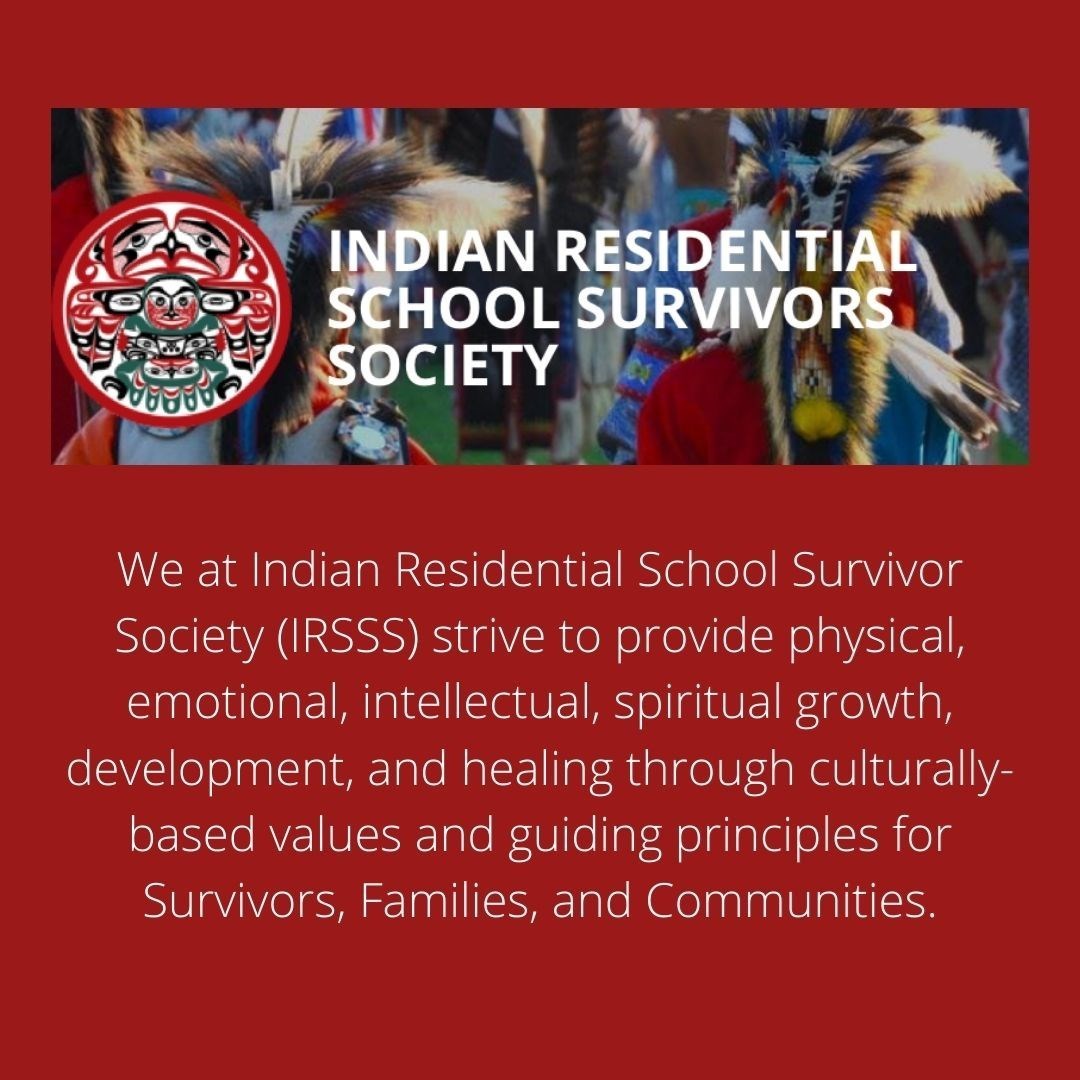
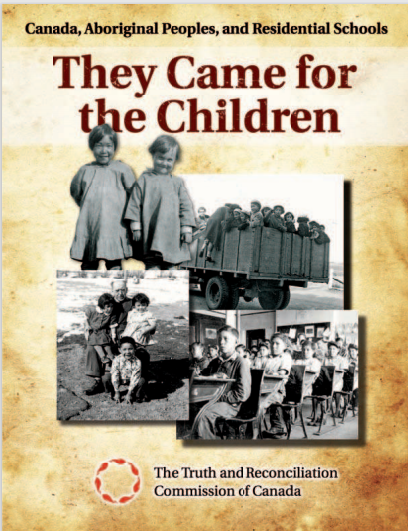

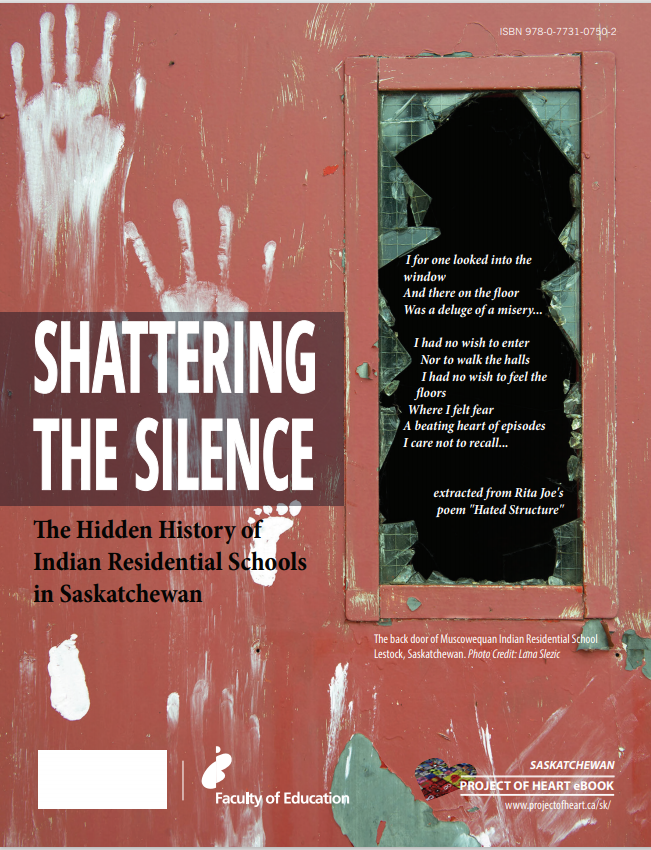
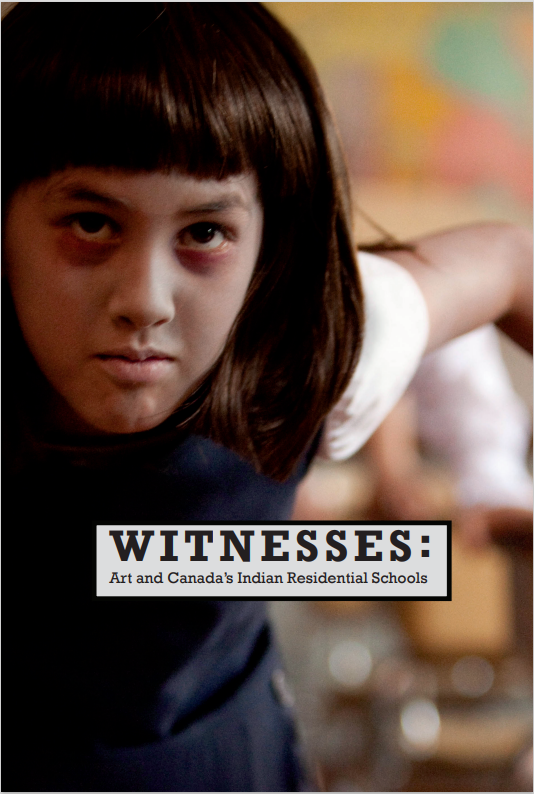
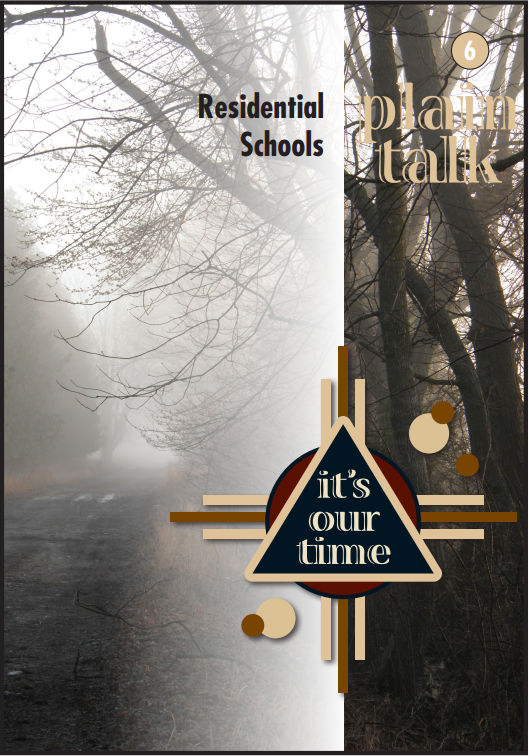
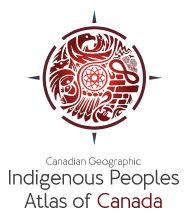
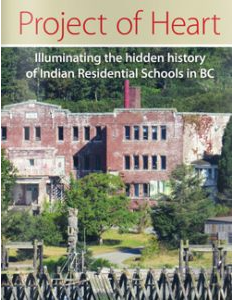
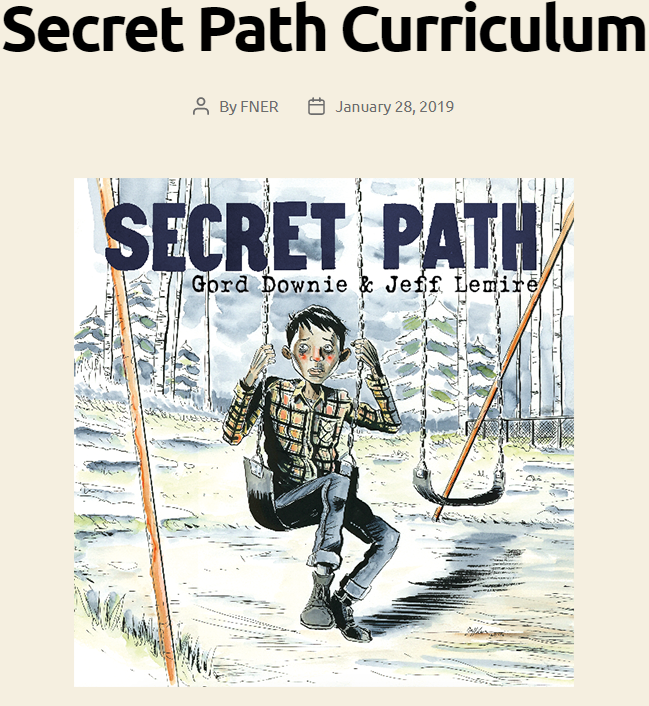
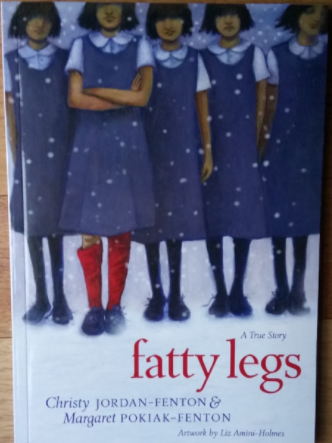
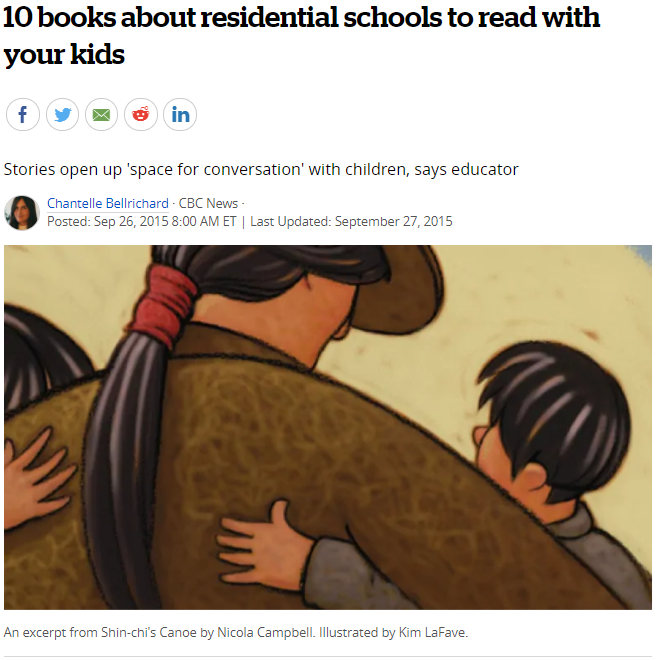
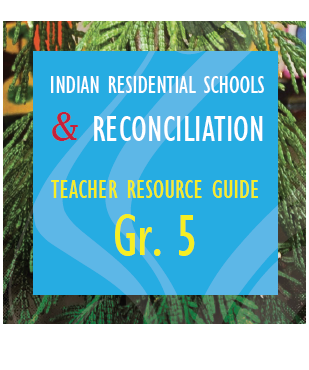
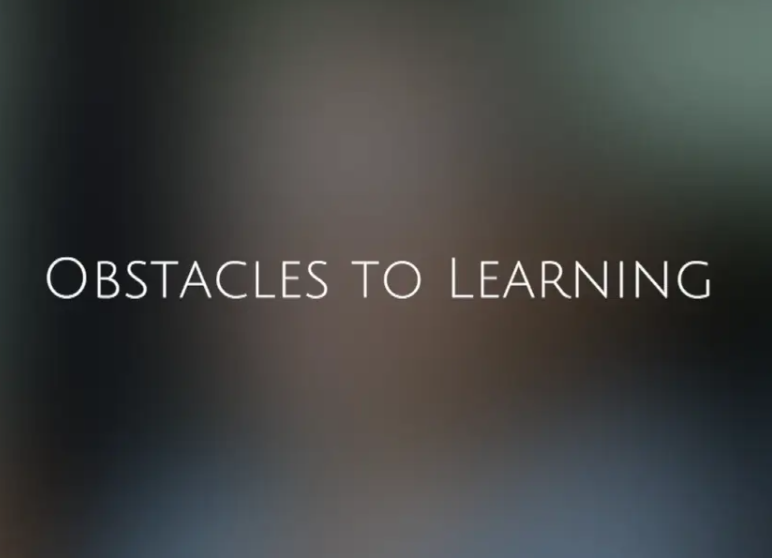
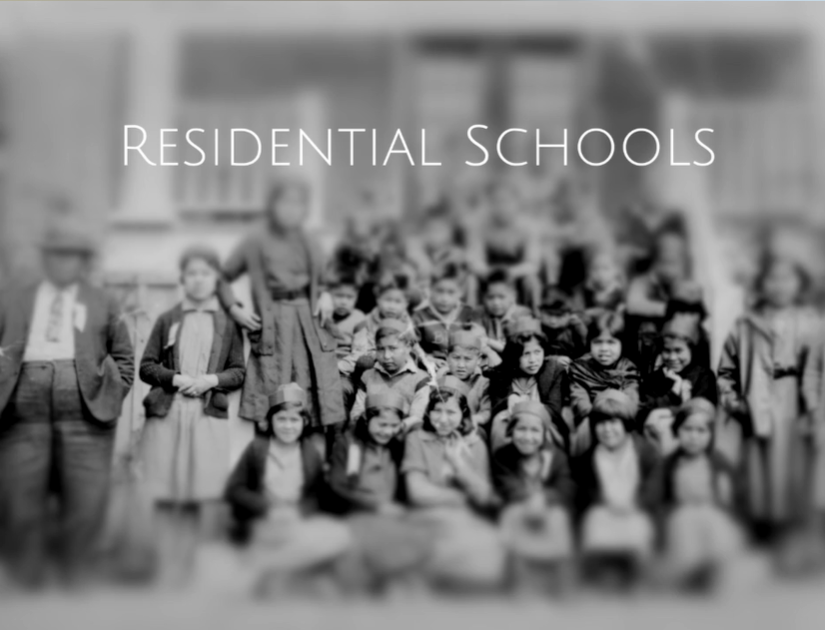
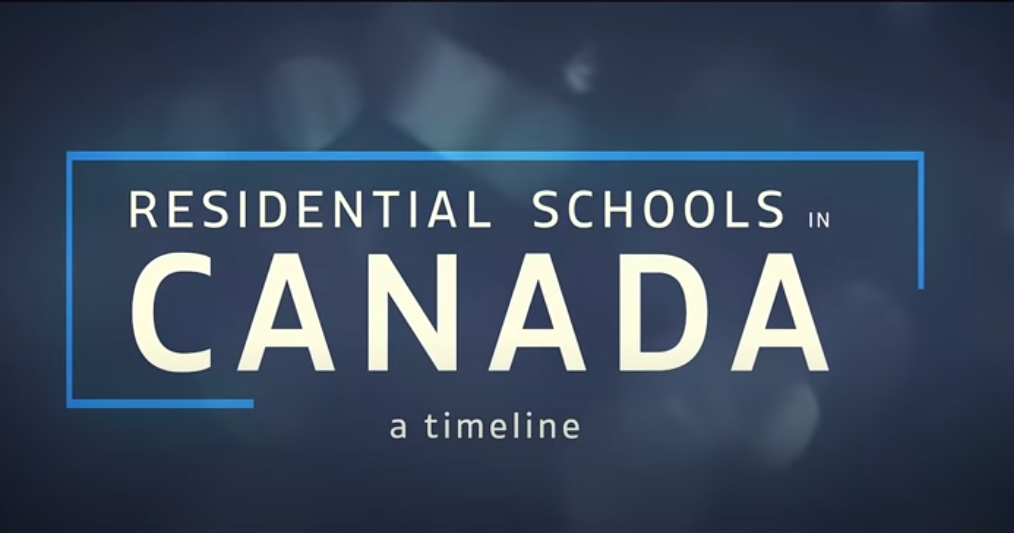
-1.png)

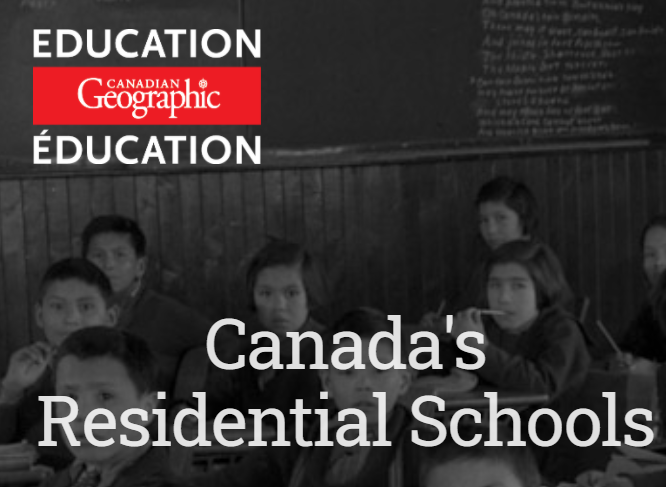
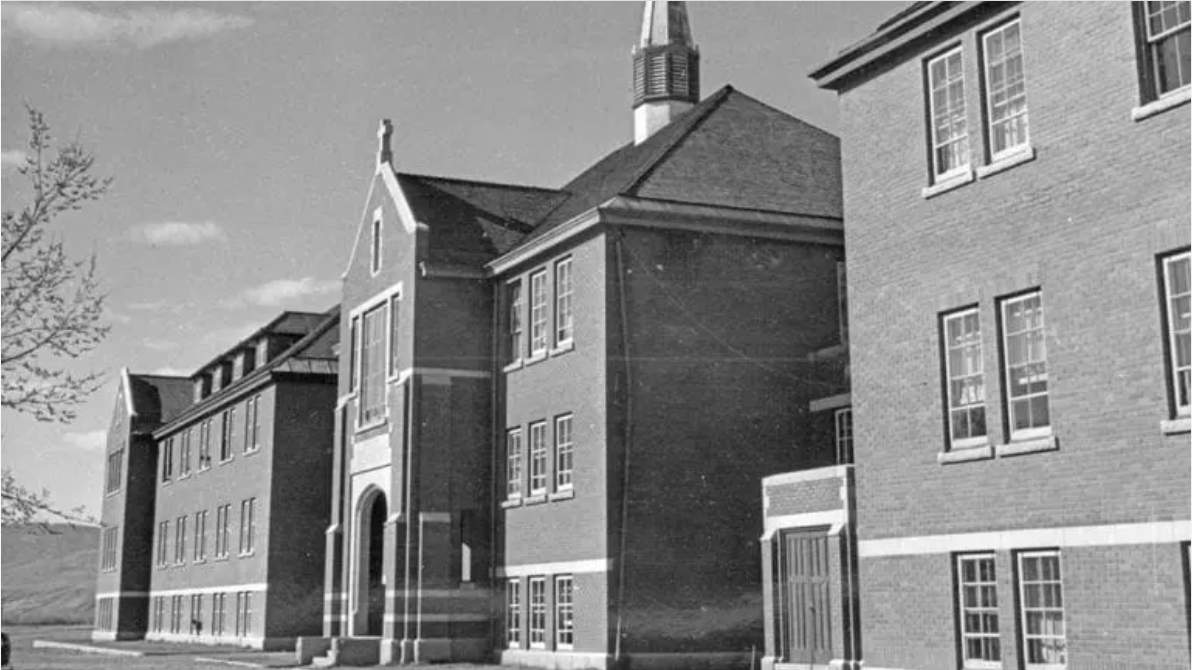
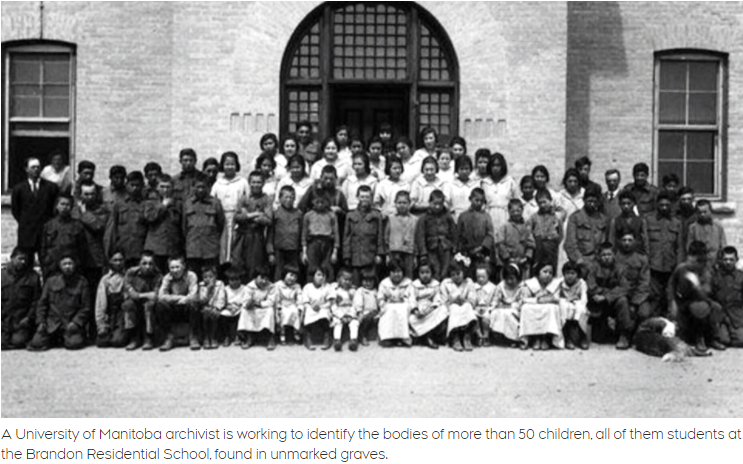

.jpg)
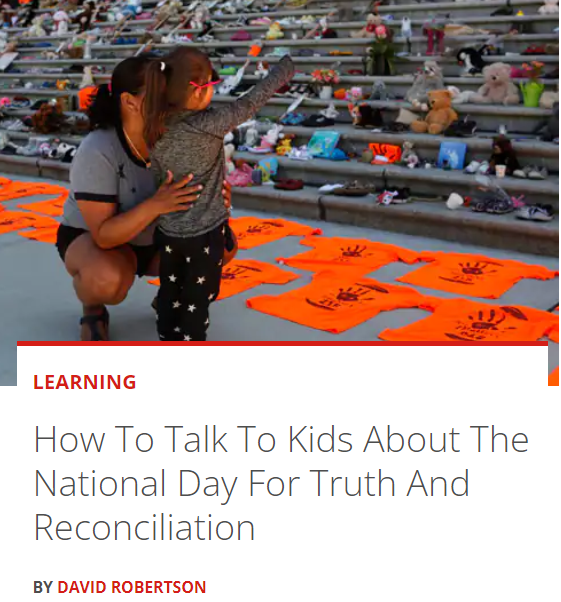
.jpg)
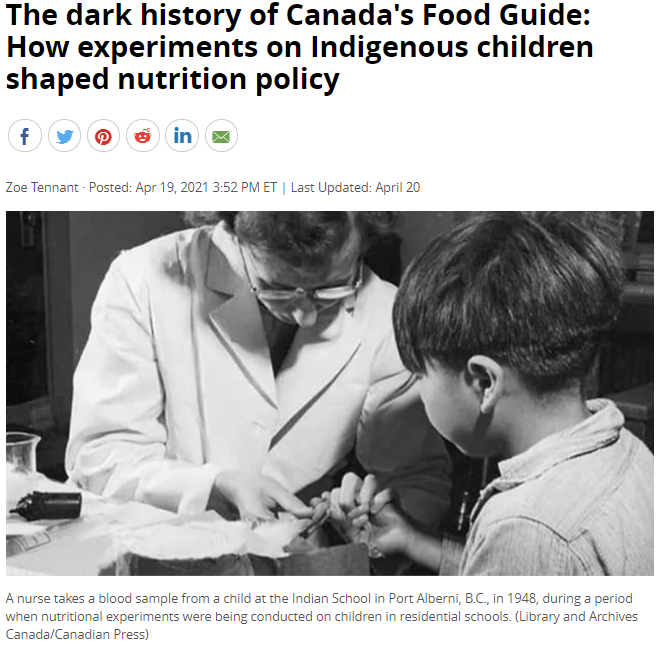
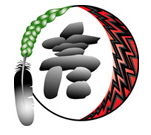
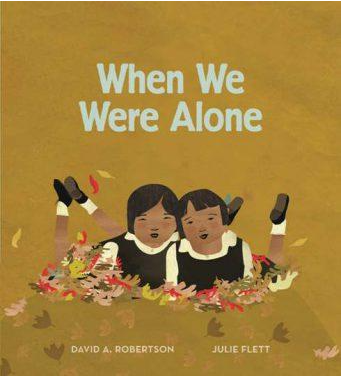
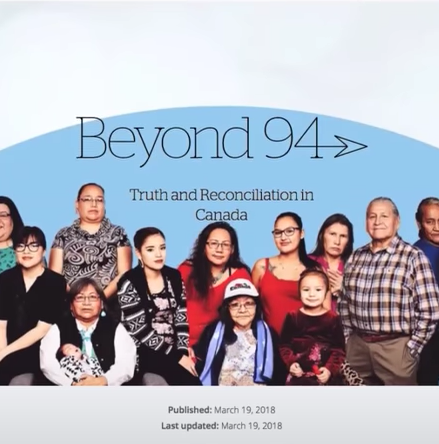


-2.png)
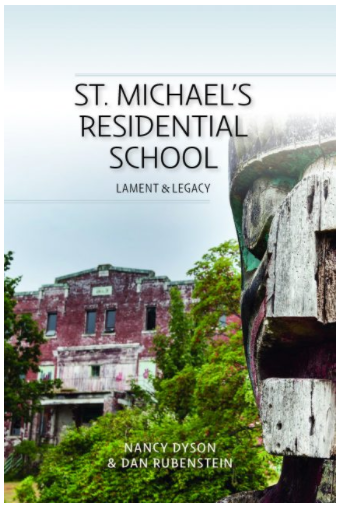


-6.png)